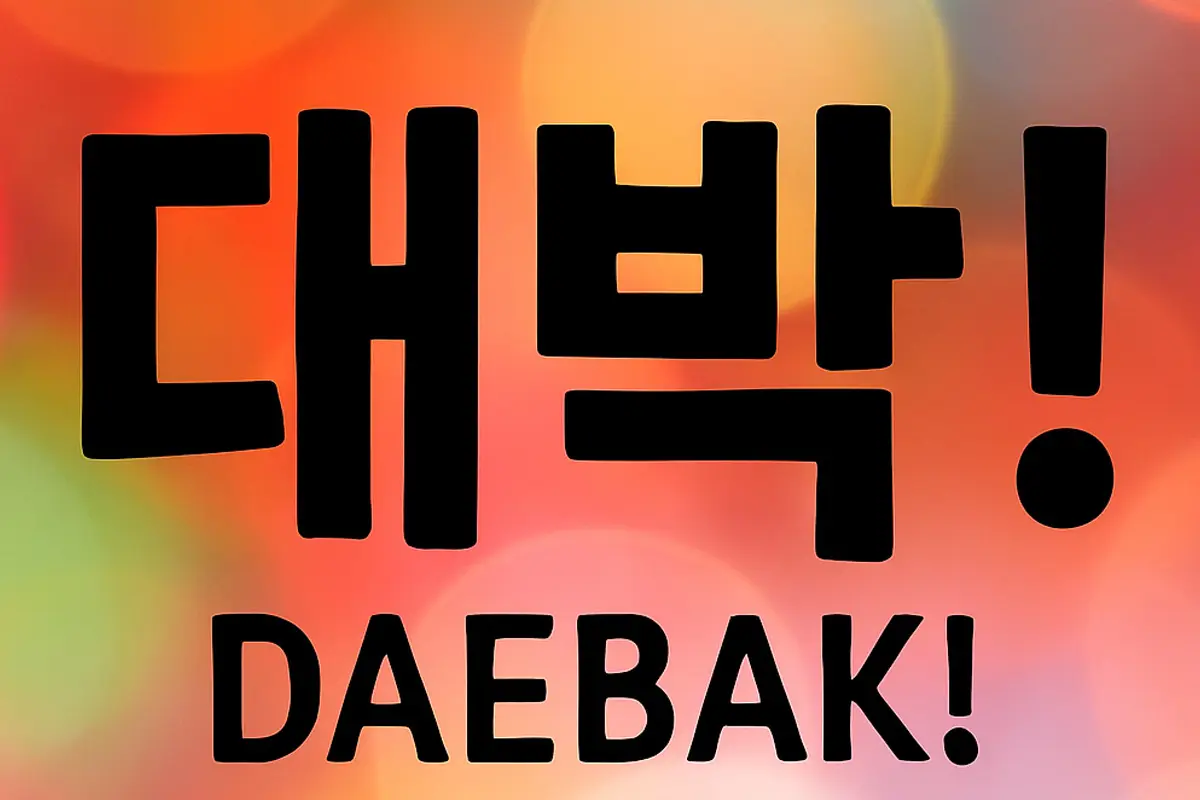
If you’re searching for Korean slang words, the quick answer is that they’re everyday informal expressions used by native speakers—especially young people—that you won’t usually find in textbooks. These Korean slang terms appear in texting, memes, and everyday conversations, giving learners insight into Korean culture and humor. Learning slang not only helps you sound more natural but also builds stronger connections with Korean friends.
In this guide, we’ll explore the most popular Korean slang words and phrases, their meanings, examples, and when (or when not) to use them. By the end, you’ll be able to recognize these phrases in K-dramas, K-pop songs, Korean text slang, and real life.
1. Why Learn Korean Slang Words?
Slang is essential for real-life communication. While standard Korean (표준어) is important for exams or formal writing, slang shows you how people actually talk in South Korea. It reflects the youth culture, internet trends, and playful side of the language.
- You’ll understand jokes in K-dramas or memes.
- You’ll sound more natural in chats with Korean friends.
- You’ll connect more deeply with Korean speakers by knowing slang phrases alongside standard grammar.
💡 Tip: Always check context. A fun Korean slang word might be perfect with friends but rude in professional settings.
2. Categories of Korean Slang
To make things easier, we’ll group slang by usage:
- Greetings & Everyday Expressions
- Internet & Texting Slang
- Relationship & Dating Slang
- K-pop & Fandom Slang
- Funny & Playful Slang
3. Greetings & Everyday Slang
1. 안녕 (annyeong)
- Casual “hi” or “bye.”
- Example: 안녕! 오늘 뭐 해? (Hey! What are you doing today?)
2. 헐 (heol)
- Expression of shock, like “OMG!” or “No way!”
- Example: 헐, 진짜야? (Omg, really?)
- 💡 This Korean word is extremely common in everyday conversations.
3. 대박 (daebak)
- Means “awesome” or “amazing.”
- Example: 와, 대박이다! (Wow, that’s awesome!)
4. 짱 (jjang)
- “The best” or “awesome.”
- Example: 너 진짜 짱이야! (You’re the best!)
4. Internet & Texting Slang
Korean text slang is everywhere in online chats. It often uses shortened versions of words or English letters mixed with Korean.
1. ㅋㅋㅋ (kekeke)
- Equivalent of “lol.”
2. ㅎㅎㅎ (hehehe)
- Softer laugh than ㅋㅋㅋ.
3. ㄱㄱ (go go)
- Shortened version of “let’s go!”
4. ㅇㅋ (ok)
- Abbreviation for “okay.”
Using these helps you sound fluent in casual Korean text messaging.
5. Relationship & Dating Slang
1. 썸 (sseom)
- The “something” stage before being official.
2. 심쿵 (simkung)
- Heart-flutter moment.
3. 남친 / 여친 (namchin / yeochin)
- Shortened versions of “boyfriend/girlfriend.”
4. 밀당 (mildang)
- Push-and-pull dynamic in relationships.
💡 In slang, there’s even a phrase 솔직히 까놓고 말해서 (솔까말 / solkkamal) meaning “to be brutally honest.” It often appears in everyday conversations about relationships.
6. K-pop & Fandom Slang
Fans around the world use both English words and Korean slang to show support.
- 아이돌 (aidol) → Idol.
- 팬덤 (paendeom) → Fandom.
- 치맥 (chimaek) → Chicken + beer, popular in dramas.
- 덕후 (deokhu) → Hardcore fan.
- 올팬 (olpaen) → Fan of all members.
These terms highlight how Korean culture mixes English and Korean.
7. Funny & Playful Slang
1. 뻥치지 마 (ppeong chiji ma)
- “Don’t lie!”
2. 노잼 (no jaem)
- “No fun.”
3. 꿀잼 (kkul jaem)
- “Super fun.”
Some slang even expresses extreme disgust (극한의 혐오) in casual form. For example, young people might say “헐 극혐” to mean “ugh, that’s disgusting!”
8. Cultural Context of Slang
Korean slang reflects identity and humor. For instance:
- Saying 대박 shows excitement.
- Saying 노잼 signals boredom.
- Using 헐 heol expresses shock.
Because slang evolves fast in South Korea, learning it keeps your Korean fresh.
9. Tips for Learning and Using Slang
- Watch K-dramas & K-pop content for real slang in use.
- Practice with Korean friends who can explain which phrases are current.
- Remember that Korean slang words and phrases often have a shortened version from standard words.
- Learn how slang compares to pronouns in English or casual phrases—this helps you see differences in tone.
- Keep a list of your favorite slang to make study fun and help you learn more Korean every day.
10. Final Thoughts
Learning Korean slang words is more than vocabulary—it’s your ticket into Korean culture and casual speech. Whether you’re laughing at memes, texting with friends, or watching K-dramas, slang adds color and energy to conversations.
Key takeaway: Slang is playful, creative, and constantly evolving. Mastering it helps you connect on a deeper level with Koreans and makes your language sound natural, fun, and full of life.